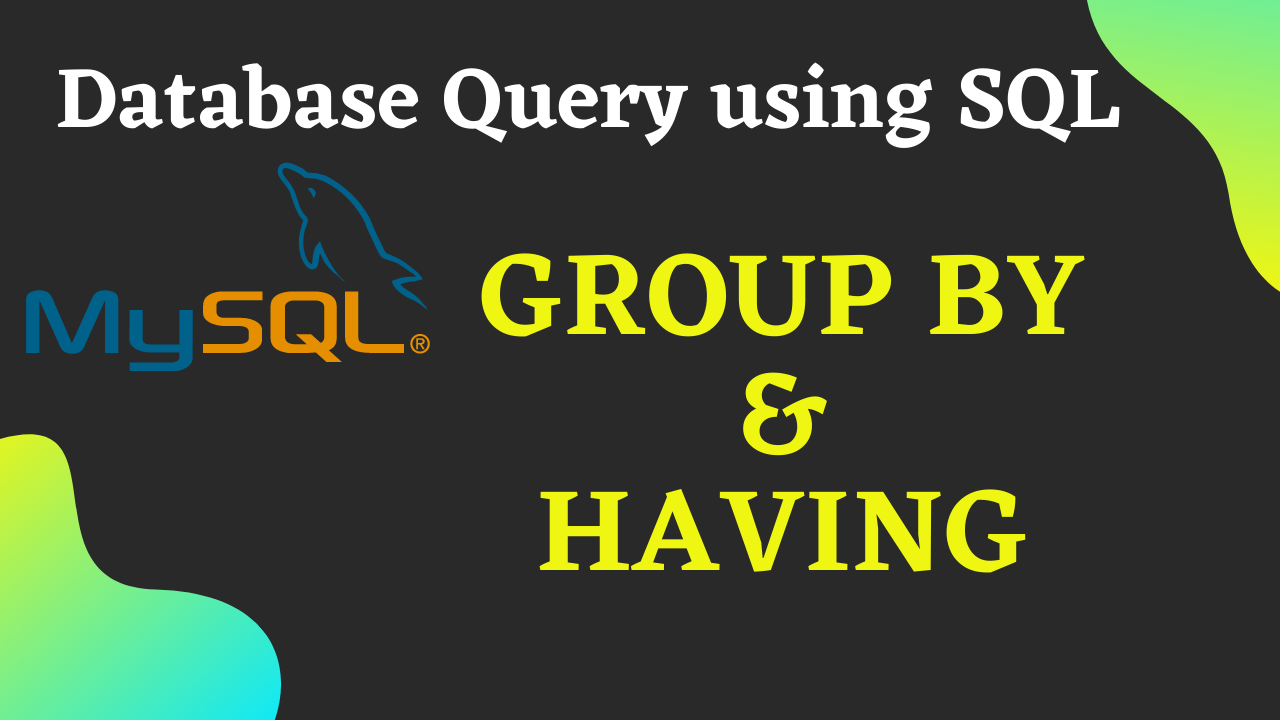What is IPR?
- If a person creates something by himself he posses the right on it, this right is called Intellectual property rights (IPR).
- IPR gives the right to the creator over the use of his/her creation for a certain period of time.
- Intellectual property rights can be obtained at the national level/regional level.
Types Of IPR -
The most well-known types are -
- Copyrights
- Patents
- Trademarks
- Trade Secrets
The intellectual property right encourages the creation of a wide variety of intellectual goods. To achieve this, the law gives people and businesses property rights to the information and intellectual goods they create, usually for a limited period of time.
Wat Is Copyrights?
- Copyright (or author’s right) is a legal term, it is used to describe the rights that creators have over their artistic and literary creation.
- Copyright is automatic; once you create something, it is yours. However, if you want to file a lawsuit against the infringement of your copyrighted work, then registration of your copyright will be necessary.
- Works covered by copyright range from books, music, paintings, sculpture, and films, to computer programs, databases, advertisements, maps, and technical drawings.
- Copyright protection extends only to expressions, and not to ideas, procedures, methods of operation, or mathematical concepts as such.
- Typically, the public law duration of a copyright expires 50 to 100 years after the creator dies, depending on the jurisdiction.
- Copyright may or may not be available for a number of objects such as titles, slogans, or logos, depending on whether they contain sufficient authorship.
- In the majority of countries, and according to the Berne Convention, copyright protection is obtained automatically without the need for registration or other formalities.
What are Patents?
- A patent is a type of limited-duration protection that can be used to protect inventions (or discoveries) that are new, non-obvious, and useful, such a new process, the machine, article of manufacture, or composition of matter.
- When a property owner holds a patent, others are prevented, under law, from offering for sale, making, or using the product.
- A patent is an exclusive right granted for an invention, which is a product or a process that provides, in general, a new way of doing something, or offers a new technical solution to a problem.
- To get a patent, technical information about the invention must be disclosed to the public in a patent application.
- Kind of protection: Patent protection means that the invention cannot be commercially made, used, distributed, imported, or sold by others without the patent owner's consent.
- The protection is granted for a limited period, generally 20 years from the filing date of the application.
What Are Trademarks?
- A trademark is a sign capable of distinguishing the goods or services of one enterprise from those of other enterprises. Trademarks are protected by intellectual property rights.
- At the national/regional level, trademark protection can be obtained through registration, by filing an application for registration with the national/regional trademark office and paying the required fees.
- The term of trademark registration can vary but is usually ten years.
What Is Trade Secrets -
- Trade secrets refer to specific, private information that is important to a business because it gives the business a competitive advantage in its marketplace. Trade secrets are intellectual property (IP) rights on confidential information that may be sold or licensed.
- Trade secrets are not made public, unlike patents, they do not provide “defensive” protection, as being prior art.
- Trade secrets are protected without official registration; however, an owner of a trade secret whose rights are breached–i.e. someone steals their trade secret–may ask a court to ask against that individual and prevent them from using the trade secret.
- kind of information is protected by trade secret:
- recipes for certain foods and beverages (like coca-cola or Sprite), new inventions, software, processes, even different marketing strategies. , technical information, such as information concerning manufacturing processes, pharmaceutical test data, designs and drawings of computer programs, distribution methods, list of suppliers and clients, and advertising strategies, financial information, formulas and recipes, and source codes.
- A trade secret owner, however, cannot stop others from using the same technical or commercial information, if they acquired or developed such information independently by themselves through their own R&D, reverse engineering or marketing analysis, etc.





